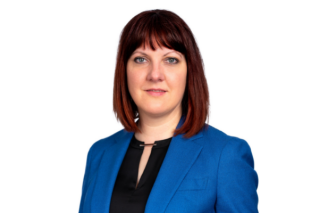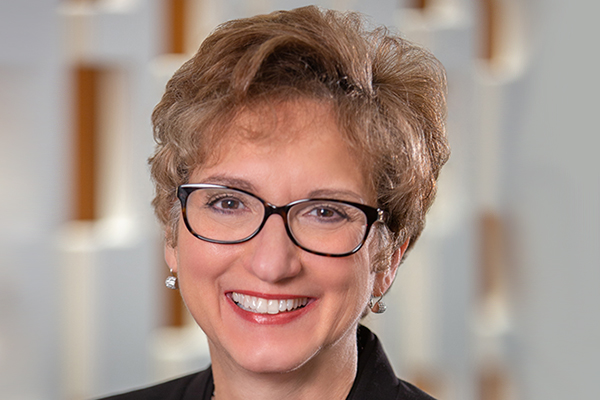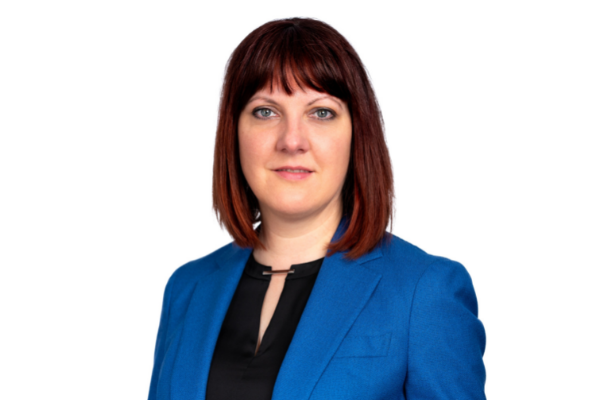By: Joseph Rinkevich, Founder & President, Scivera

It is an exciting time for improving the chemistry of consumer products. Many new initiatives are helping visionary companies move past the traditional chemical compliance paradigm to entirely new processes for decision making. All consumer product categories are fertile ground for safer chemistry innovation. Tools that enable deeper understanding of safer chemistry attributes at scale and for dramatically lower cost are enabling more informed chemicals decisions.
Implementing innovative, safer chemistry methods has not come easily. For decades, consumer product brands and manufacturers have relied on chemical regulations, restricted substance lists (RSLs), and testing to guide decisions about what chemicals and materials are acceptable for products and processes.
The comply, list, and test strategies have long been the only tools available at scale for chemical selection---but they leave a pernicious gap between basic compliance and true material health and sustainable chemistry. A material or formulation can be perfectly compliant with global chemistry regulations and RSLs, but the chemicals present in the formulation can present undesirable human or environmental impact characteristics. Gaining visibility into these characteristics of concern, AKA chemical hazards, has long been a mission impossible for even the most progressive companies.
Leading brands realized long ago that compliance methods alone are not sufficient for achieving environmental, sustainability, and governance (ESG) goals. Unlocking the chemical safety insight for a material or formulation requires a level of expertise and effort that most organizations have not traditionally had the capacity to employ. Performing a Chemical Hazard Assessment (CHA) that evaluates the available data from published literature on each ingredient in a material or formulation is a daunting task, taking many hours, and requiring seasoned expertise (e.g., board certified toxicologists). Multiply that effort by thousands of materials across a typical consumer product portfolio and the scope gets monumental, quickly. Fortunately, expert CHAs are increasingly available at scale to consumer product brands’ and suppliers’ decision makers. This accessible insight is informing improved material health and process chemical decisions.
In 2014, Levi Strauss & Co (LS&Co) began a pilot of their innovative program to screen and score textile chemical formulations. The Screened Chemistry Program uses a transparent method to check formulations against RSLs---and then it goes further. Screened Chemistry requires a CHA (beyond the RSL check) for each ingredient and impurity in the chemical formulation to generate an overall score. LS&Co realized that list-checking can efficiently identify formulations for phase-out (i.e. chemical products with restricted chemicals present). But list-checking is only the first step when identifying chemical formulations that have preferred attributes. This is the key difference between typical chemical certification methods and the scoring of formulations based on the CHA of each ingredient.
It is good if a formulation is free of RSL chemicals, but that does not mean the ingredients are preferred for material health or safer process chemistry. Chemical Hazard Assessment and scoring of the actual ingredients is the only way to determine if an input should be part of a preferred chemical products list for material health, circularity, and sustainability.
This early LS&Co hypothesis was further borne out by research our team at Scivera presented during the 2018 Society of Toxicology Annual Meeting, showing how 85% of problematic chemicals in a sample group are not yet regulated for their potential health and environmental concerns. [1]
When the LS&Co pilot showed how inefficiencies and cost were limiting the progress of the Screened Chemistry Program, they added SciveraLENS as the technology platform for supporting chemical suppliers in the process. The resulting scalability and efficiency drove a dramatic reduction in the cost of the work and a rapid increase in the chemical products scored and certified under the program for LS&Co manufacturers to use. Today over 1,500 textile chemical products are screened, scored, and certified for Screened Chemistry and used in the global LS&Co supply chain to improve sustainability and safer chemistry attributes of apparel manufacturing.
LS&Co is in very good company in the innovative scoring of chemical formulations. In addition, Nike launched their Innovation Assessments in 2017, and H&M has led the proactive assessment and scoring of polyurethane materials chemistry in the past year. Elsewhere in the apparel supply chain, brands are increasingly implementing a platform called EIM, offered by denim processing equipment provider, Jeanologia, to not only score the chemistry impact of a process step, but also to measure and improve the water and energy impact of these process steps. [2]
In other consumer product categories, CHA ingredient and formulation scoring is gaining momentum and scale based on innovative tools available for this work. The success of the cosmetics brand, Beautycounter, can be linked to their proactive assessment of cosmetic and personal care ingredients and formulations, redefining the scope of #cleanbeauty achievement. Several leading consumer electronics brands are working with suppliers to transform the evaluation and selection of process chemicals and material health. These efforts also include and go beyond basic RSL checking to actively assess and score formulations. Leading toy brands are using ingredient and formulation scoring to select new materials for achievement of future sustainability goals.
Upstream in the consumer products supply chain, manufacturers and chemical suppliers generate significant value from third-party scoring of formulations to support their product stewardship and sustainable chemistry story. Many manufacturers are able to identify safer and more sustainable formulations for use in processes via the scoring mode. Chemical suppliers often reformulate with preferred components when the scoring tool they use shows potential for improvement or forecasts a future restricted substance based on underlying CHA results.
Over the coming months, Scivera is publishing a series of case studies, highlighting the achievement to date by leading brands and their suppliers to illustrate how chemical hazard assessment and scoring of formulations accelerates innovation, reduces the cost of this critical work, and enables access to safer and more sustainable chemical inputs for all consumer product categories.
[1] McLoughlin CE, Beattie PJ, Ruhter MC, Rinkevich JP. Authoritative Listings of Carcinogenic Compounds, Identification, and Comparison to QSAR Modeling Tools’ Results. The Toxicologist. Page 271, Abstract #2117. 57th Society of Toxicology Annual Meeting, San Antonio, Texas March 11-15, 2018.
[2] Nike, Inc. Nike Chemistry Playbook, https://about.nike.com/pages/chemistry-playbook 2018 and 2020.
[2] H&M, ChemSec; H&M Group’s position on safe-by-design chemicals definition to drive circular economy, https://chemsec.org/hm-groups-position-on-safe-by-design-chemicals-definition-to-drive-circular-economy/ 2021.
[2] Mowbray, J; “Partners aim for greater textile scrutiny”; ECOTEXTILE News; January 2021; https://www.ecotextile.com/2021010427185/dyes-chemicals-news/partners-aim-for-greater-textile-chemical-scrutiny.html
This article has been edited for length and clarity. The opinions expressed in this article are the author's own and do not necessarily reflect the view of their employer or the American Chemical Society.
Copyright 2022 American Chemical Society (All Rights Reserved)










